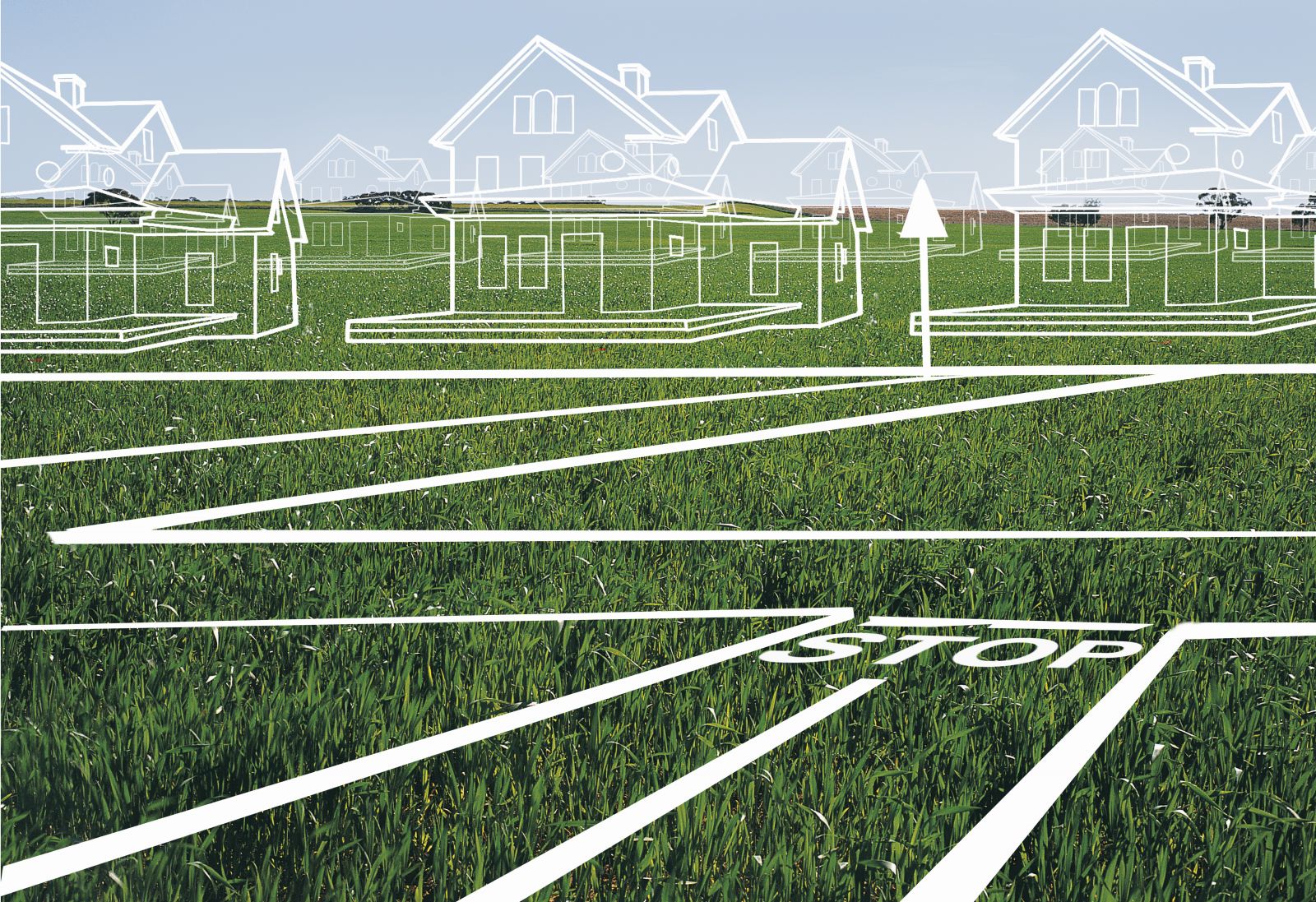 This past year has been a difficult year for real estate buyers who have been searching for a home. There has been a severe shortage of available inventory, the likes of which we’ve never experienced. There may be several contributing factors to this dilemma.
This past year has been a difficult year for real estate buyers who have been searching for a home. There has been a severe shortage of available inventory, the likes of which we’ve never experienced. There may be several contributing factors to this dilemma.
For starters, just like in every real estate recovery, new home construction has failed to keep pace with the demand. When the market crashed in 2007-2008, developers stinging from their losses, quit finishing lots in platted subdivisions because they had no money and were not willing to dump money into projects that were not likely to offer a yield in a timely manner. Coupled with shortages of labor, materials and land (possibly because of the delaying affects of the Hirst Decision in Washington), housing starts are well below the average. According to the National Association of Realtors®, new housing starts will total 1.3 million in 2019, while the 50 year average has been 1.6 million.
Another factor is that the stock of housing is aging and many need to be remodeled or replaced. This dynamic, combined with the increased demand from Millennials who have now overtaken Baby Boomers as the largest U.S. adult population, intensifies the shortage.
Besides those factors listed above, homeowners are just staying in their homes longer. The threat of rising interest rates worries homeowners because if they move now, they won’t be able to replace what they have if interest rates rise. Therefore they are staying put unless they just have to move. The average tenure for homeowners who sold this year is at a record high (8.3 years).
Lastly, the fact that shrewd investors snatched up distressed single family homes during the housing crash and converted them to rentals, caused the inventory of available units to shrink even further. NAR stats show a growth of 31% in single family rentals from 2007 – 2016.
In time, the resiliency of energetic developers will slowly help cure this shortage, but in the meantime, buyers may need to exercise a great deal of patience or risk overpaying. Realtors® across the country are partnering with nonprofit groups and lawmakers to find solutions that can help, especially in lower income levels. Regulatory restrictions seem to be an impediment to housing affordability. In some areas suggested solutions include zoning changes that allow tiny homes to be placed among much more expensive homes.

Jim Palmer, Jr.
509-953-1666
www.JimPalmerJr.com

See my blogs at:
www.RealEstateMarketPlc.com
Two Multiple Listing Services
Professional Representation for Buyers & Sellers
Residential • Acreage • Residential Acreage
Waterfront • Ranch • Farm